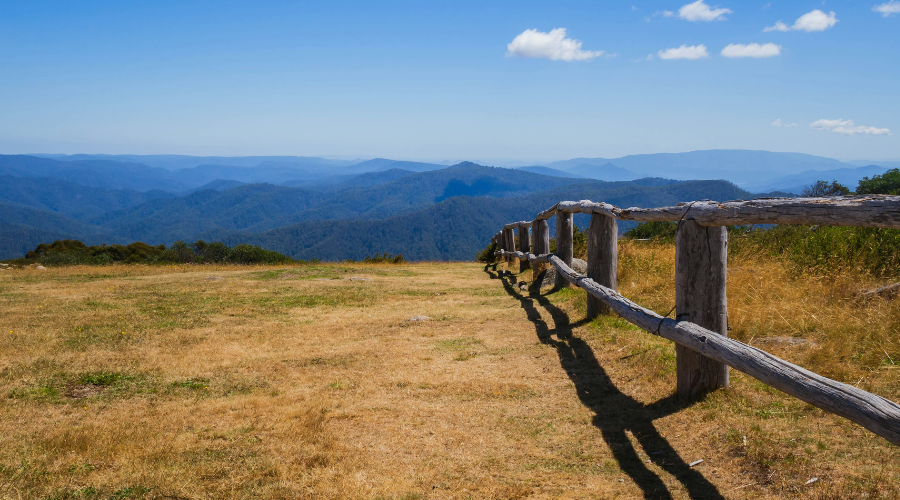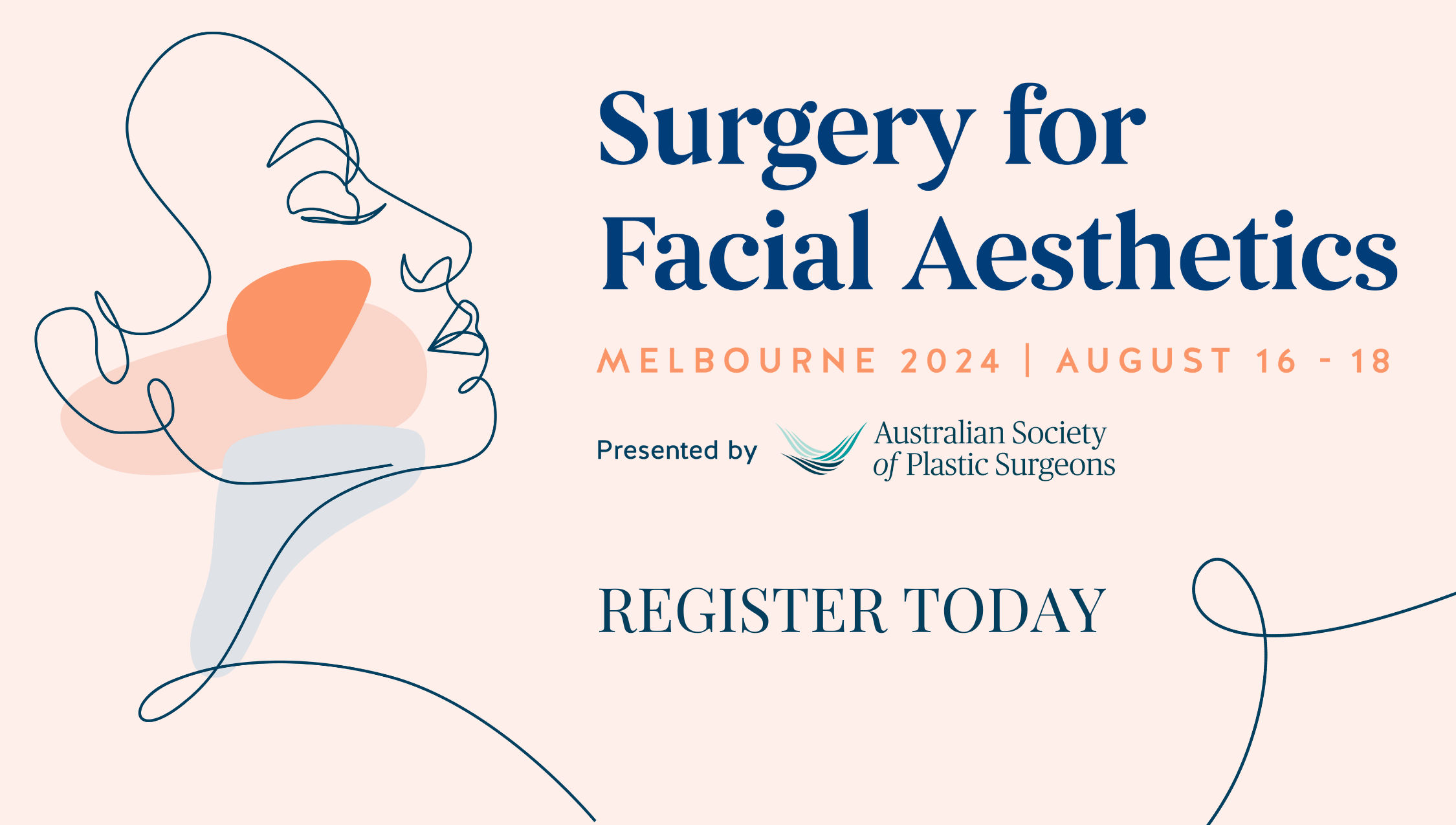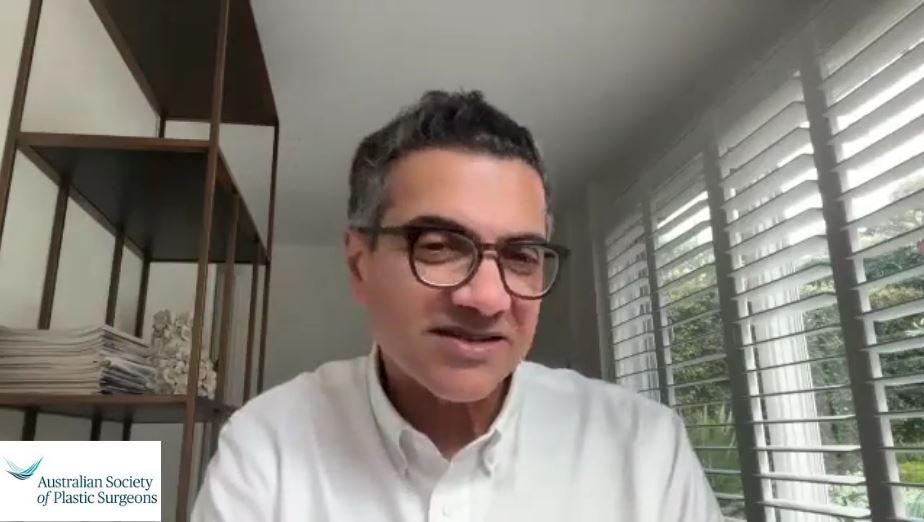Breast Reconstruction Awareness Day 2021.


October 20 is BRA Day, when we raise awareness about breast reconstructive options for women facing mastectomy due to breast cancer. Breast cancer will affect 1 in 7 women, yet all too often when we meet a newly diagnosed woman, she will have very little knowledge about her options.
In recognition of BRA Day, we have compiled answers to many of the questions women ask us. We hope it serves as a quick reference guide to anyone facing the difficult decision to remove one or both breasts.
No woman should have to suffer the psychological burden of amputating part of their anatomy without at least knowing all the options to reconstruct their breast(s) immediately or later.
It is also important to know that any woman in Australia, irrespective of public or private insurance status, can access a provider of breast reconstruction services for information at any time in their treatment pathway. We are here to provide the information that will help you make the decision that’s right for you.
Q. Am I a candidate for breast reconstruction at the same time as a mastectomy?
Breast reconstruction can be performed at the same time as a mastectomy. This is called immediate reconstruction. When you decide to undertake a separate procedure at a later stage, it’s called delayed reconstruction. A consultation with a qualified Reconstructive Plastic Surgeon before you undertake your mastectomy will give you information to help you decide whether to choose an immediate reconstruction, and also identify what type of reconstruction would give you the best result.
Q. What are the benefits of having breast reconstruction at the same time as a mastectomy?
The most immediate benefit of having your breast reconstruction at the same time as a mastectomy, is that you’ll have only one major procedure, one hospitalisation, one anaesthetic and one recovery period. Also, a reconstruction can feel like the final step in the cancer journey, so opting for an immediate reconstruction can help to put breast cancer behind you faster, empowering you to move forward and feel whole again more quickly.
Q. What factors will determine what sort of breast reconstruction that will best suit me?
There are three major categories of breast reconstructive options: 1. implant-based breast reconstruction, 2. going flat (also known as simple mastectomy) and 3. the lesser known option of Own Tissue breast reconstruction (also known as DIEP flap or TRAM flap surgery).
Your breast surgeon may or may not be knowledgeable about this third option, as techniques have progressed rapidly in the last 5-10 years. It is important to speak with a Reconstructive Plastic Surgeon who does this type of surgery regularly to understand the different procedures that are available to you and how they might suit your particular circumstances. Factors that can determine which sort of procedure is best for you might include your age and the age of your children, your ability to take time off work, whether you smoke or have other pre-existing conditions. The surgeon’s goal is to enable you to make an informed decision about how your body looks and feels after mastectomy. The decision is yours to make.
Q. What is DIEP Flap reconstruction?
DIEP stands for Deep Inferior Epigastric Perforators. This is the name for small blood vessels (perforators), and the fat and skin from the abdomen they supply in your tummy, used for reconstruction of your breast. The DIEP flap represents the most advanced Own Tissue breast reconstructive surgery, and is fast becoming the gold standard by which we reconstruct breasts, not least because of the natural shape and feeling of the breast(s) that can be achieved.
Q. What are other advantages of the DIEP Flap reconstruction over implants?
There are many advantages to DIEP flap procedure. Using your own body tissue to reconstruct your missing parts can deliver a natural, youthful shape, with the breast(s) being soft and warm to touch. This is a key difference to the use of foreign materials such as breast implants, tissue expanders and mesh, which are typically hard, cold and unnatural feeling. Another advantage once the DIEP Flap has healed is that it grows and changes with you like natural breasts, so future revision surgeries would not be required (unlike implants which may require exchange or revision every 10 years or so).
Recovery from DIEP Flap surgery will typically take 6-8 weeks. There is less pain than may be expected during recovery because the tummy muscles are left unaffected. This surgery preserves, and in many cases improves, abdominal core muscle strength. Additionally, because the DIEP Flap uses the lower abdominal tissue (which, let’s face it, most of us aren’t particularly fond of) you may be left with a slimmer looking tummy after the procedure.
Q. How long will the surgery take?
Surgical time depends on which procedure you choose. A bilateral DIEP flap reconstruction usually takes 8-10 hours, mainly due to the delicate microsurgical techniques that are used to connect the blood vessels. Rejoining the blood supply to the tissue in its new location in the chest, without harming the tummy muscles, is a key reason the DIEP Flap procedure is so effective.
Q. How long will I be in hospital?
Hospitalisation for DIEP Flap reconstruction is usually 6 or 7 days. During this time you will quickly be out of bed the day after surgery and walking around the ward on Day 2. You will typically feel tight in the abdomen, so your mobility will be restricted until your body naturally stretches and you are able to walk more freely. Nurses and physios will guide you to ensure you recover optimally.
Q. Will it be painful?
You will often feel tightness in your abdomen and soreness in the chest, which can be uncomfortable immediately after surgery. Pain relief will be well managed by your anaesthetist and nurses. Immediately after surgery, the abdominal wound can make it challenging to stand up straight, to transfer to and from a chair and to get out of bed. During your hospital stay you will have assistance from the nursing staff to feel more comfortable, and physiotherapists to provide advice and suggest exercises that will improve your mobility and strength. Most women leave hospital with regular paracetamol and non-steroidal pain medicines with only occasional stronger opioid pain killers for a few days as needed.
Q. Will there be scarring?
Taking tissue from the abdomen means making a cut from hipbone to hipbone. In most cases, the scar will be at or below the line of your underwear. Regarding the breasts, using Own Tissue techniques can keep breast scars to a minimum. For many women we have treated, the only visible scars on the breast look like a breast reduction, and some women who have had nipple sparing mastectomy have no visible scarring at all on the breasts.
Q. Will I have any sensation in my breasts after mastectomy.
Typically women are told they will not have much sensation in their breasts after mastectomy, particularly if using implants and undergoing radiotherapy. While temporary loss of sensation is likely, we work closely with our Breast Surgery colleagues to ensure preservation of the intercostal nerves to the breasts and nipple areas where possible. We are also pleased to be offering sensation restoration to the DIEP flap, an entirely new advance in DIEP flap surgery, which is not possible if undergoing TRAM flap surgery.
Q. If my nipples aren’t saved during surgery, what options do I have?
Nipples can be reconstructed and the areola (the darker area around the nipple) can also be tattooed to give a more natural appearance to the breast. These are minor procedures and usually not painful, as they can be performed before the breast regains sensation.
Q. Will my mood be affected by the surgery?
Any medical procedure can be stressful, particularly because your breast reconstruction is part of a cancer journey. This can be one of the most compelling reasons to choose immediate reconstruction, as it shortens the timeframe between cancer diagnosis and being able to put the experience behind you. Anxiety, uncertainty and fear are completely normal. We encourage people to reach out and talk to family, friends and other women who have been through this experience in order to feel more at ease with the process. Many women describe the fear of the procedure being worse than the actual experience.
Q. How long until I can do normal activities?
This will vary from person to person. By the time you leave hospital, you will feel confident to move around independently in your home environment, and we encourage you to do low impact activities such as walking. You can hug your loved ones, but gently! By Week 3 you can drive if there is no pain. Most women resume activities without restrictions by Week 6.
Q. What sort of help will I need after surgery?
Depending on the age of your kids and what type of work or home duties you normally do, you may need to ensure you have someone to look after things at home for you for a few weeks. You won’t be doing any heavy lifting for six weeks after the surgery, so you may need some general help. Many women can work from home by week 3-4, but it is typical to feel fatigued by the end of the day if trying to complete a full day’s work before 3 weeks after surgery.
Q. What kind of bras and garments will I have after surgery?
There is no particular bra worn after surgery because the DIEP flap has an internal type bra included in the procedure. If you wish to wear a bra after discharge from hospital, you may wear a soft sports bra or crop top with no underwire. You will be required to wear an abdominal binder or wrap after DIEP flap surgery for 4 weeks. You’ll also wear compression stockings while in hospital for the first week after the procedure.
Q. Do I need to do anything to prepare for DIEP flap surgery?
It is essential to cease smoking at least a month prior to having DIEP Flap surgery, as the risk to your body is too great if the tiny blood vessels do not heal properly, not to mention increased rates of other risks including pneumonia, DVT and pulmonary embolus associated with smoking.
Contrary to popular belief it is not necessary to put on additional weight prior to having Own Tissue breast reconstruction. Having a stable weight before surgery is preferable so we can rest assured what we transfer to the chest is likely to be what remains. But it is important to be aware that your new breast tissue will gain and lose weight if you do in the future.
Exercises like yoga and Pilates that require core muscle activation are recommended both before and after surgery to ensure as smooth an abdominal contour as possible after surgery.
Q. What are the costs of the procedure?
Own Tissue breast reconstruction (including the DIEP flap) is available in the public system in Australia where it can be entirely free, although it is subject to public hospital waiting times. Depending on your geographical location, surgeons in your local area may or may not be experienced with this type of surgery. DIEP flap surgery is available in the private healthcare system where there can be variable out of pocket costs depending on your particular health insurance policy. We also typically include 3-4 specialists in any DIEP flap procedure, so we will obtain cost estimates from each of these treating surgeons and anaesthetists to enable you to make an informed choice prior to surgery.
Q. How many surgeries am I likely to need to complete my breast reconstruction?
Typically two surgeries are needed to perform Own Tissue breast reconstruction: one larger surgery where the tummy tissue is transferred to the chest, and another smaller surgery 3-6 months later when nipples can be made, if needed, along with refinements to the size, shape and symmetry of the breasts and flanks. We typically use liposuction at this operation to optimise the contours of the breasts and body. This surgery comes with 1 night in hospital and about 2-3 weeks of recovery.
Q. I have had prior breast implant based breast reconstruction. Is this technique still an option for me?
It Is very common for us to remove expanders or implants, and any mesh foreign body that may have been used to stabilise them, and replace the volume of the breast with the DIEP flap. This staging of techniques can lead to some of our most aesthetic results, particularly if radiation therapy was required.
Q. Can I see before and after photos of DIEP flap reconstructions you have performed.
We routinely offer this during our consultations, and try to find women that are roughly the same body type as you in order to set realistic expectations about what Own Tissue breast reconstruction would be likely to achieve in terms of breast size. A rough rule of thumb is that Own Tissue can usually achieve the same cup size that you were before the surgery or slightly smaller, yet more lifted. This is often quite appropriate and in proportion to your body shape, given that the tummy can be flatter afterwards. We encourage you to tell us your ideal cup size prior to surgery and we use that as the goal for Own Tissue reconstruction.
Q. What if I’m not happy with my results from DIEP flap reconstruction?
The beauty of the DIEP Flap surgery is that once your own tissue has been successfully transferred to the chest, it is there for life and can be sculpted and refined using cosmetic surgery techniques such as breast lift or breast reduction, fat grafting or liposuction. In rare circumstances, a combination of own tissue and implants can be used to enhance the result.
It is important to feel comfortable to express any concerns you may have about the cosmetic appearance of your breasts. The goal of breast reconstruction is for you to feel whole again so you can move on from your cancer diagnosis. It is always possible to seek a second opinion if you are not satisfied with the information you receive, or your results.
Q. Are there any side effects or complications that can occur?
All surgery carries risks and no surgical result can ever be guaranteed. The most common side effects from DIEP flap surgery are pain, bruising and fluid build-up under the skin (known as seroma). Having fluid build-up is not dangerous but may require several trips back to see us in the clinic so we can remove it. There can be areas in the tummy or breasts where wounds heal more slowly and may need dressings for a few weeks.
Rarer complications that can occur include having problems with the blood flow to the flaps and needing to go back to surgery to fix this. The serious risks of general anaesthesia, including stroke and even death, are possible but extremely rare.
Q. How can I arrange a consultation if I live regionally or interstate?
Most surgeons offer telehealth consultations, and these are available to Australian women in any location. A Medicare rebate is also available if you have obtained a referral from your GP. Even despite COVID-19 restrictions, we have been treating regional and interstate patients during the recent lockdown.
Q. How can I find a qualified reconstructive Plastic Surgeon?
Visit the ‘Find a Surgeon’ section of the ASPS (Australian Society of Plastic Surgeons) website. There you will be able to search for a reconstructive breast surgeon in your area. All ASPS surgeons are fellows of RACS (the Royal Australasian College of Surgeons). This distinction is only awarded to specialist surgeons who have completed a minimum of 12 years medical and surgical education, including at least 5 years of specialist postgraduate training. A Specialist Plastic Surgeon with the letters “FRACS” appearing after his or her name is accredited to perform invasive reconstructive and cosmetic plastic surgery.
Blog Author
Our blog author is ASPS member Dr Joe Dusseldorp, a Specialist Plastic and Reconstructive Surgeon working at the Chris O’Brien Lifehouse Comprehensive Cancer Centre in Sydney.
Featured Stories

AJOPS Blog: Exploring rural and regional issues
Providing plastic surgery services in rural and regional areas of…
Continue reading Like
Like

